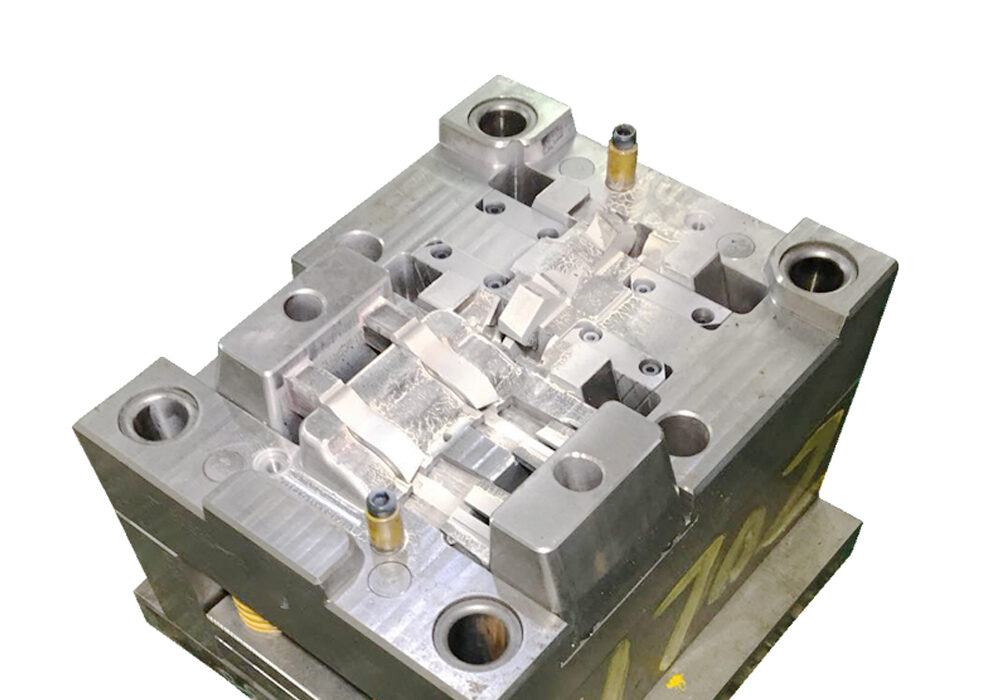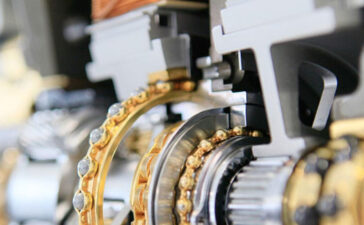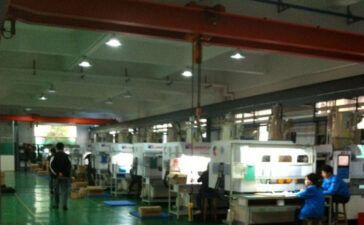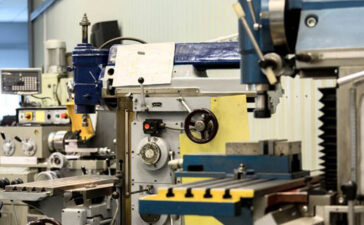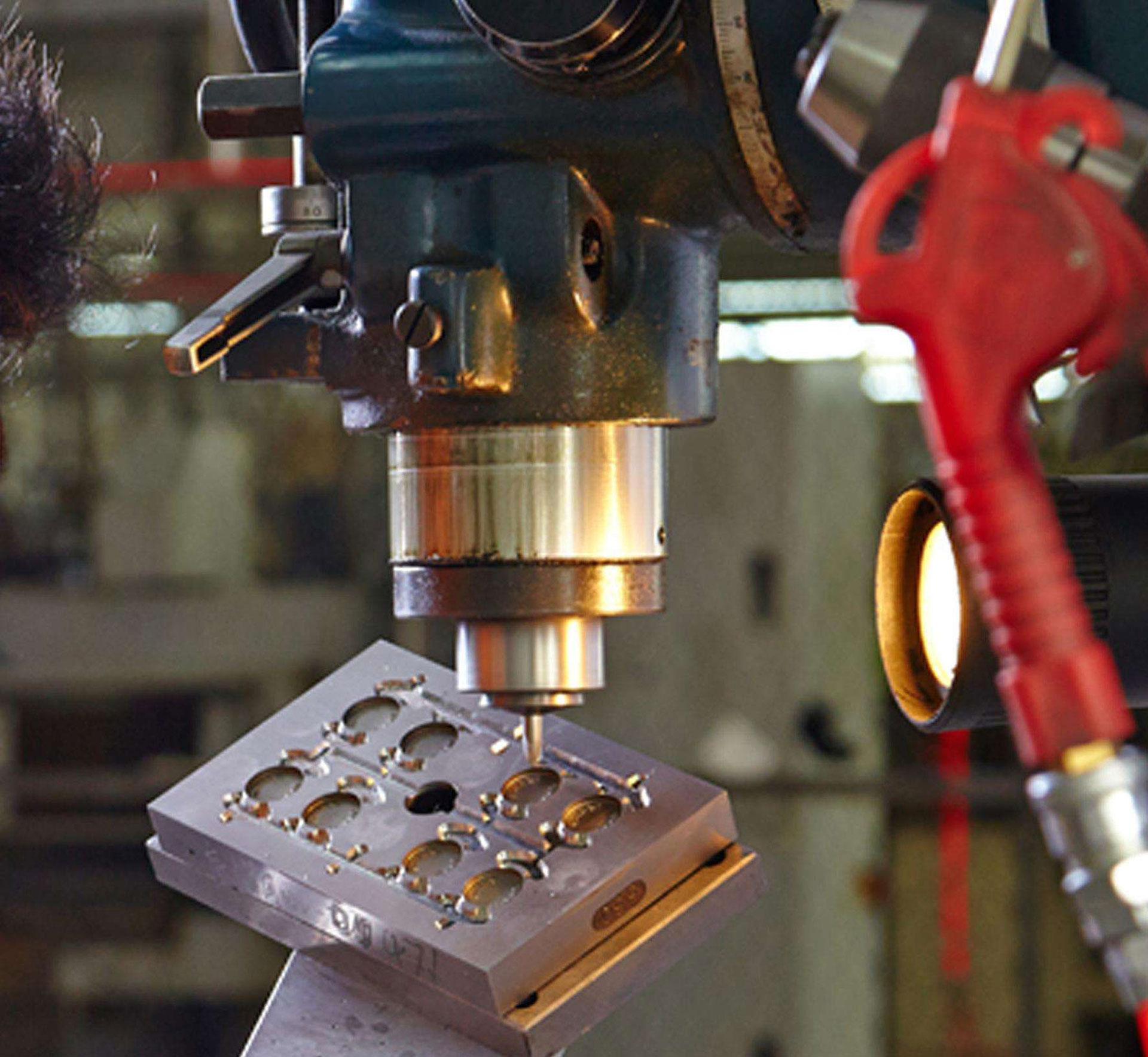In recent years, the application of plastics in automobiles has been increasing. At present, the amount of automotive plastics in Germany, the United States, Japan and other countries has reached 10% to 15%, and some even reached more than 20%. From the perspective of the materials used in modern automobiles, whether it is exterior decoration, interior decoration, or function and structure, you can see the shadow of plastic everywhere. And with the continuous improvement of the hardness, strength and tensile properties of engineering plastics, plastic windows, doors, skeletons and even all-plastic vehicles have gradually appeared, and the process of automobile plasticization is accelerating.
What are the advantages of using plastic to make automotive materials?
- First, plastic molding is easy, making the processing of parts with complex shapes very convenient. For example, the instrument panel is processed with steel plates, and it is often necessary to process and form various parts, and then assemble or weld them with connectors, which has many processes. The use of plastic can be formed at one time, the processing time is short, and the accuracy is guaranteed.
- Second, the biggest advantage of applying plastics to automobile materials is to reduce the weight of the car body. Lightweighting is the goal pursued by the automotive industry, and plastics can make a difference in this regard. The specific gravity of general plastic is 0.9 ~ 1.5, and the specific gravity of fiber-reinforced composite material will not exceed 2, and among metal materials, the specific gravity of A3 steel is 7.6, brass is 8.4, and aluminum is 2.7. This makes plastics the material of choice for lightweight vehicles.
- Third, the elastic deformation of plastic products absorbs a large amount of collision energy, which has a large buffering effect on strong impacts and protects vehicles and passengers. Therefore, plastic dashboards and steering wheels are used on modern cars to enhance cushioning. The front and rear bumpers and body trim are made of plastic materials to reduce the impact of objects outside the car on the sound of the car. In addition, plastic also has the effect of absorbing and attenuating vibration and noise, which can improve riding comfort.
- Fourth, according to the plastic composition of the plastic, by adding different fillers, plasticizers and hardeners to produce plastics with the required properties, change the mechanical strength and processing performance of the materials to meet the requirements of different parts of the car. For example, the bumper must have considerable mechanical strength, and the cushion and backrest should use soft polyurethane foam.
- Fifth, plastic has strong corrosion resistance, and partial damage will not corrode. Once the steel surface is damaged or the anti-corrosion is not done well, it is easy to rust and corrode. The corrosion resistance of plastics to acids, alkalis, salts, etc. is greater than that of steel plates. If plastics are used as body covering parts, they are very suitable for use in areas with greater pollution.
In general, automotive plastics have developed from ordinary decorative parts to structural parts and functional parts; automotive plastic materials have developed towards composite materials and plastic alloys with higher strength, better impact, and ultra-high flow, but for all The promotion of plastic cars has a long way to go in the future, not only safety issues, but also aging and recycling issues, which need to be further improved by technology.

